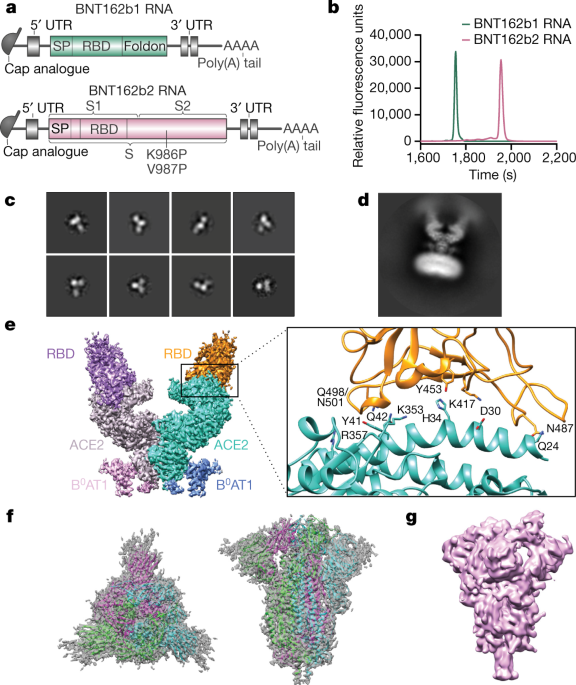Bruce Stephens
Well-Known Member
- Relationship to Diabetes
- Type 1
As I understand it the technology has been around for a few decades. You're right that there's limited long term safety data (because they haven't been used in anything like the scale of the C19 vaccines). I'm not sure what you mean by not knowing what's in it: the ingredients are freely published, and (obviously) FDC, EMA, MHRA, were informed of the ingredients and monitor the production in the way they do for other medications. And obviously we know where it goes and what it does (as well as can be determined for anything, anyway: there are limits on what can be determined by experimentation).They sure do.. one for which we have zero long term safety data and have no idea what is in it or where it goes and what it does.
Remember mRNA and lipids are a normal part of our bodies and they have effective ways of recycling them; I'm less confident of PEG and DMG, but the quantities are so tiny I doubt there's much concern. (In any case, the call seems to be for some way to remove mRNA from bodies, not PEG or DMG. And removing mRNA would be an extremely bad idea, in case it's not obvious, so don't do that.)
For what little it's worth I'd guess nothing remains in the body from these vaccines after a few months (and virtually nothing after a few weeks) except for the intended changes to the immune system. In other words, they act just like other vaccine technologies. Only rather more effectively, it turns out.
I don't see a concern that they'll be very widely used, just because they seem rather expensive to produce. I can believe they'll be used for a few vaccines (there's talk of a near universal flu vaccine which one might get once, which would then make subsequence flu vaccines more effective). Otherwise the excitement seems to be about cancer.



